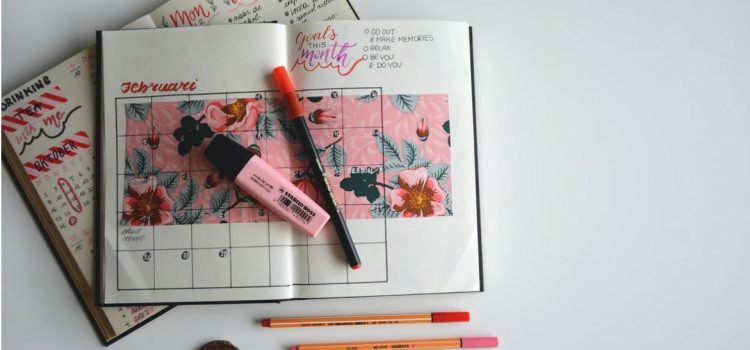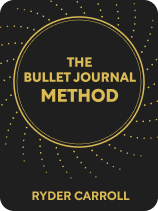

This article is an excerpt from the Shortform book guide to "The Bullet Journal Method" by Ryder Carroll. Shortform has the world's best summaries and analyses of books you should be reading.
Like this article? Sign up for a free trial here .
What is a bullet journal monthly log? How do you set up and use your monthly log?
A bullet journal monthly log is exactly what it sounds like: it helps you plan your upcoming month using a calendar and task list. In his book The Bullet Journal Method, Ryder Carroll outlines how to create and use a monthly log to keep track of your appointments, events, and responsibilities for every month.
Keep reading to learn how to create a monthly log in your bullet journal.
Monthly Overview
Carroll describes the “monthly log” as a tool that summarizes your available time and upcoming responsibilities in the next month. The bullet journal monthly log utilizes both a calendar and task list where you can log events and track your upcoming tasks for the month.
(Shortform note: Carroll doesn’t specifically address why he chose to separate the calendar from the task list, but it’s easy to see why this might be beneficial. First, separating events from tasks prevents overcrowding on specific calendar dates, which is a common issue for traditional planners or standalone calendars. Additionally, in some cases, it may not be necessary to assign tasks to a specific day, meaning that a calendar format would be a hindrance rather than a help.)
In Carroll’s view, the benefit of the monthly log’s overhead perspective is that it keeps you aware of both your available capacity and the way you’re allocating your time. This prevents burnout and offers opportunities for reflection.
(Shortform note: Carroll’s focus here may be time capacity, but your energy capacity is also important in deciding how to plan out your life. Even if your calendar is empty and your task list is short, you still may not have the energy to allocate to new commitments. Therefore, while the monthly log may be a good reference point when planning, make a point to check in with your energy levels before committing to anything more.)
Setting Up and Using Your Monthly Log
According to Carroll, the first monthly log should follow the future planner. To set it up, turn to the spread of pages after the planner and number them 9–10. Then, title both pages with the current month and add them to your index (for example, “January: 9–10”).
Next, Carroll says to set up your calendar and task list. To create your calendar, list all of the calendar dates vertically along the left side of the left page, followed by the first letter of the day of the week it falls on. For visual clarity, add horizontal dividing lines between individual weeks.
Carroll explains that to populate the calendar, you’ll add events either by transferring upcoming events from your daily record during daily review (which we’ll discuss shortly) or by recording them after they’ve occurred—it’s up to you.
For the task list, Carroll says you’ll populate the page once you’ve identified relevant tasks for the month (a process we’ll discuss shortly). Just as with the calendar, you’ll continue to add to your task list as new tasks come up in your daily record.
| Variations on the Monthly Log Just as with the future log, you aren’t limited to the monthly log layout and method that Carroll recommends. Although he doesn’t include specific examples of others’ variations on this element, many Bullet Journal users have created innovative designs that work better for their needs—and they may suit your preferences too. For example, some journalers have reverted to a more traditional calendar format to track events, with tasks listed either within the calendar or below it. Others have chosen to include comprehensive habit trackers as part of their bullet journal monthly log layout, tracking everything from exercise to social media usage. To customize the log even further, some have included additional components—like bills to pay, monthly goals, and wish lists—depending on what information they prioritize as part of the log. In addition to these ideas, one concept that’s quite popular among the Bullet Journaling community is customizing the layout of each month’s overview according to the needs of that specific month. For example, in December, you might add a holiday shopping list to your overview. Or, in January, you could include your New Year’s resolutions. Similarly, in June, you may want to have a packing list for your summer vacation. |

———End of Preview———
Like what you just read? Read the rest of the world's best book summary and analysis of Ryder Carroll's "The Bullet Journal Method" at Shortform .
Here's what you'll find in our full The Bullet Journal Method summary :
- A comprehensive guide to using the Bullet Journal Method
- How to maintain a journaling practice that can improve your overall quality of life
- How to extend the method beyond productivity to a practice in mindfulness






